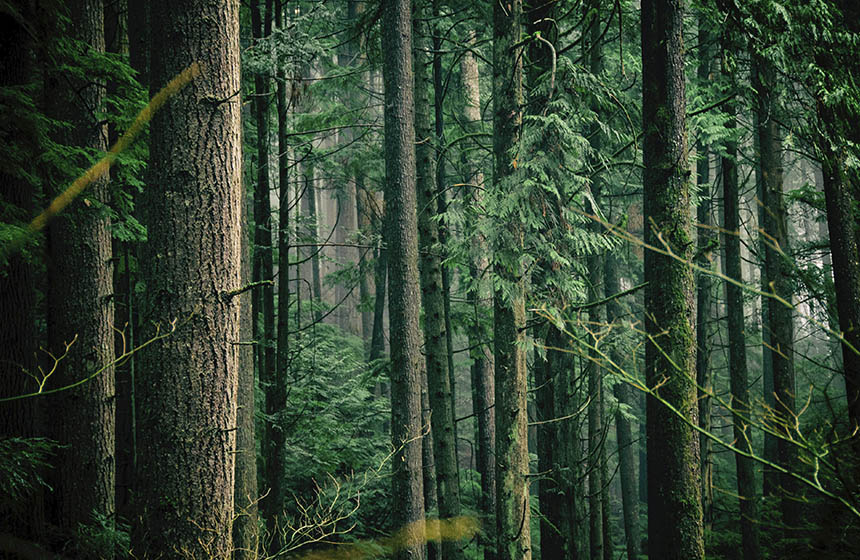Protecting and managing an area of South American temperate rainforest
The Valdivian Coastal Reserve is a large protected area which had previously been owned by a forestry company until the Nature conservancy was able to purchase it and begin managing it in collaboration with local communities.
Nature-based Intervention:
This project began in 2003 when the Nature Conservancy was able to purchase the forest area in a commercial auction from a forestry company which had gone bankrupt. In 2005 they formalized the 150,000 acres of land into the Valdivian Coastal Reserve. In collaboration with the Chilean government they then donated 25,500 acres of native forest which had previously been in the Valdivian Coastal Reserve in order to create the adjoining Alerce Coastal National Park. The reserve also works with local fisherman and indigenous communities to support traditional land uses and sustainable economic development. The project is also working to restore a 8,400 acre section of non-native eucalyptus trees with native plant species.
Overview of context and outcomes:
The Valdivian Coastal Reserve includes large sections of old growth temperate forest including Alerce (Fitzroya cupressoides) trees which are 2,500 years old. This area is also a key biodiversity hotspot with over 50% of the world’s temperate rainforests having already been destroyed. The reserve is now a tourist destination which receives many summertime visitors wishing to explore the landscape.
Case effectiveness on
Climate change
Through the Verified Carbon Standard, the avoided deforestation reportedly documented in this project prevented the release of almost 400,000 tons of greenhouse gas emissions.
Ecosystem health
Ecological effect: PositiveThe protection of this landscape helps protect habitat extent and habitat diversity, while restoration efforts are focused on improving species diversity in the landscape. Surveys of the site have reportedly found at least 58 species of birds the endangered Darwin’s fox (Lycalopex fulvipes). These lands also reportedly encompass the local drinking water supply which they are able to protect from degradation in order to ensure safe use for the local community.
Socioeconomic outcomes
Members of the local community are employed as park guards, administrative staff, and seasonal fire crews, creating jobs in the region. the project also helps support local artisanal fisheries which is a critical livelihood for local peoples. They have also invested in creating new revenue streams such as native tree nurseries and ecotourism.
Governance
The reserves governance is laid out in their conservation management plan which they developed using the methodology of “Open Standards for Conservation Practice”. The project is primarily governed by the Nature Conservancy in collaboration with the Chilean government and local communities.
Finance
Financing for the Project was provided by the Nature Conservancy.
Monitoring and evaluation
The conservation plan for the Reserve, which was designed by scientists, local communities, government agencies, and NGOs, includes monitoring protocol for the continued evaluation of the reserve. Efforts have also been made to involve the local community in monitoring the reserve with an effort to connect them to government initiatives and research projects.
Trade-offs and limitations
No information yet available on tradeoffs.

Intervention type
- Protection
- Restoration
Ecosystem type
- Temperate forests
Instigators
- International conservation/environment organization
Societal challenges
- Biodiversity conservation
- Climate change mitigation
- Economic and Social development
- Water security
Outcomes
- Food security: Not reported
- Water security: Positive
- Health: Not reported
- Local economics: Not reported
- Livelihoods/goods/basic needs: Positive
- Energy security: Not reported
- Disaster risk reduction: Not reported
- Rights/empowerment/equality: Not reported
- Conflict and security: Not reported
- No. developmental outcomes reported: 3
Resources
Read resource 1Read resource 2
Literature info
- Grey literature



